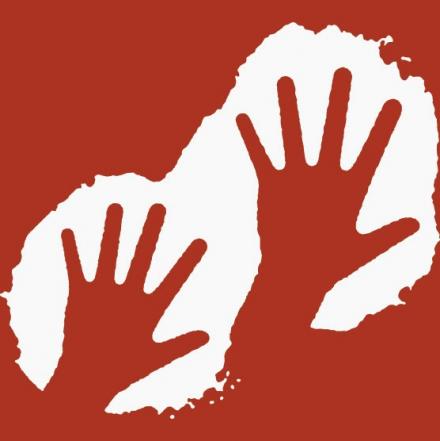
Survival International is the global movement for the rights of tribal peoples. Since 1969, the organisation has worked to help them defend their lives, protect their lands and determine their own futures – by providing them with a platform on which to tell their story. By supplying tribal people with a public voice, Survival International works to bring atrocities committed against them, many of which are in breach of international law, to the attention of the world.
Survival International’s global campaign is heavily dependent on reporting the crimes against tribal communities to lobby support for the protection of their land and livelihoods. It also works to educate the general public in an effort to overturn common misperceptions of tribal people. To assist with this initiative, Survival International partnered with NSSLGlobal, a leading satellite communications provider, to help connect the “unconnected world” with the international media stage.
The threat to tribal civilisation
There are numerous threats that tribal groups face. Although national laws around land rights, human rights and civil rights apply to tribal peoples – these rights are not always fully respected by local governments and industrialists. The effects of land theft, deforestation, construction of new settlements and transport links, as well as industrial activities such as logging and mining can have devastating impacts on tribal communities.
One example of a long term campaign for Survival International is the Yanomami, a group of approximately 35,000 people, with villages situated throughout the Amazon rainforest across parts of Brazil and Venezuela. After years of oppression caused by deforestation, mining and land theft, in November 1991 the Brazilian government announced it would demarcate all Yanomami land (9.6 million hectares) in Brazil. This decision meant the tribe’s right to their land was finally recognised, and resulted in the creation of the largest indigenous territory in Brazil. However, nearly a quarter of a century later, threats still exist to this land and the safety of the Yanomami people.
“Tribal peoples are often misrepresented in regional and international media. They are portrayed as backward and primitive simply because their communal ways are different. We campaign for their rights to life and land to be respected by the international community as well as the communities they live alongside.”
International Human Rights Advisor, Survival International
Shout it from the treetops
In order to campaign for fair treatment of tribal groups, Survival International works to raise awareness of detrimental incidents such as illegal deforestation, construction plans and unapproved industrial activity. However, it also works to simply give tribal people, such as the Yanomami, a platform for their voices to be heard. To do this, it is essential to create and consolidate a connection between tribal peoples and the world’s media. This means bringing technology from the industrialised world such as internet connectivity, telecommunications, filming and photography equipment to the “unconnected world”.
“To pique the interest of regional and international media as well as the general public, it is necessary to create compelling stories using powerful imagery and personal accounts from real people. By recording video footage, taking photographs and interviewing local spokespeople, Survival International can help tribal populations speak out against encroachment, the destruction of living space and threats to their way of life. To do this, we need to establish fast, reliable communications and internet access in some of the most remote regions in the world. That is where NSSLGlobal comes into play.”
International Human Rights Advisor, Survival International
Connecting the remote world
By partnering with NSSLGlobal, Survival International can deploy satellite communications equipment in remote tribal regions all over the world. Survival International is using a small portable BGAN 710 terminal, which NSSLGlobal has configured to allow the charity to control when the service is available. This avoids incurring charges on an on-going basis and gives the organisation the flexibility to establish connections wherever and whenever they need to. When operational, the BGAN 710 connects to one of the Inmarsat satellites orbiting the earth 35,000 miles away and enables messages, images and videos to be sent anywhere in the world. Using the portable device also means tribal communities can transport hardware to and from the places where it is needed at a given time. Tribal peoples will be provided with basic training on using some of the communications technologies and mobile phones can be found in even extremely remote tribal regions if the people have been contacted.
NSSLGlobal has provided full training to Survival International representatives on how to set up and use the equipment. NSSLGlobal also provides 24/7 technical support, so any issues encountered by representatives in the field are dealt with by a highly trained support team.
“Our relationship with NSSLGlobal is excellent. A lot of our representatives are not technical at all, so it’s comforting to know there is a friendly technical support team on hand at all times. NSSLGlobal invited members of our team that will be using the equipment to receive training at their offices. The BGAN terminals are extremely easy to set up and get going. Given the nature of the work we do – we have to respond to situations quickly and act as they are happening to generate media coverage and raise awareness. Any delays in sharing information gathered in the field can jeopardise how well reported an incident is.”
International Human Rights Advisor, Survival International
